History
Come to Malta to learn English and you will find yourself surrounded by the 7000 years of living history and culture that Malta has to offer. Travel back in time visiting key Maltese cities such as Mdina and Valletta, as well as the neighboring islands of Comino and Gozo, and you will discover the amazing historical events that have shaped the destiny of Europe and the world.
The Maltese islands went through a golden Neolithic period, the remains of which are the mysterious temples dedicated to the goddess of fertility. Later, Phoenicians, Carthaginians, Romans and Byzantines passed through Malta and left their mark on the design and structure of the island. In 60 AD, Saint Paul was shipwrecked on the island while traveling to Rome and began his transformation into the island and a predominantly Christian and Catholic culture that has survived to this day.
The Arab civilization conquered Malta in 870 AD. and left an important mark on the Maltese language and the architecture of the island. Until 1530, Malta was an extension of Sicily, with the Normans, Aragonese, and other conquerors ruling the island. From 1530 to 1798, the Knights led Malta to one of its golden ages, transforming it into a key player on the European cultural scene during the 17th and 18th centuries.
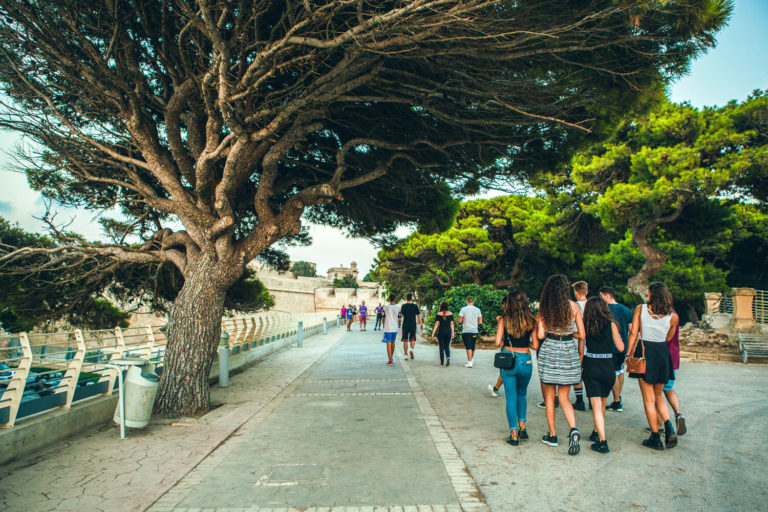

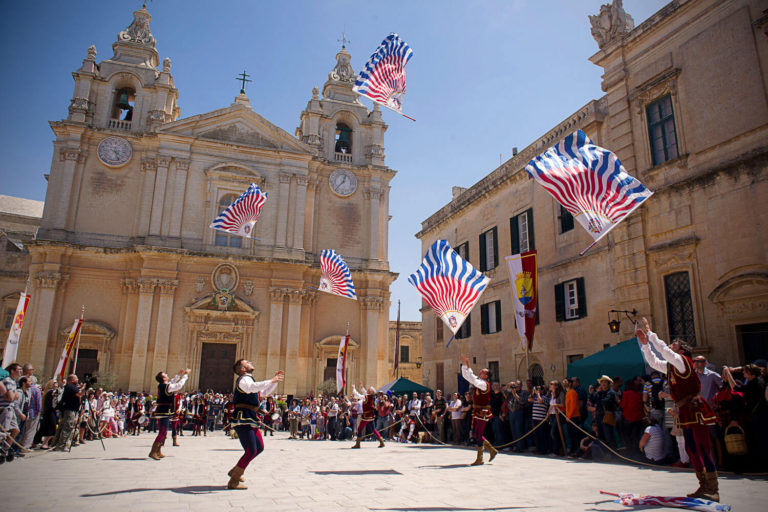
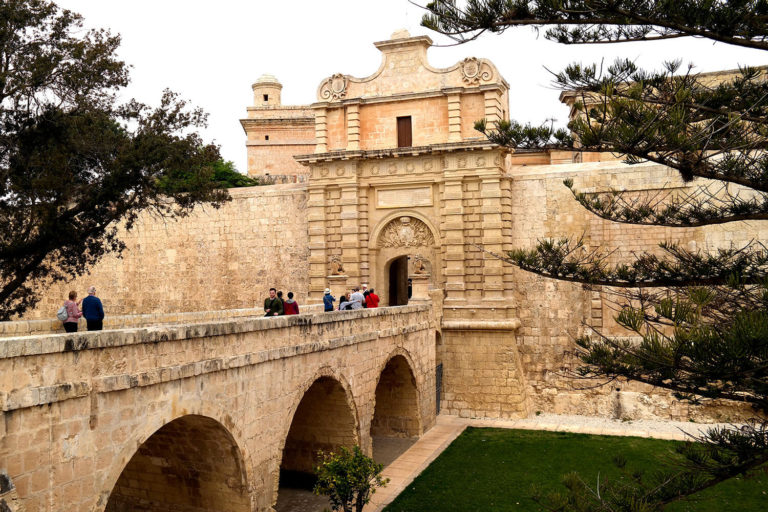

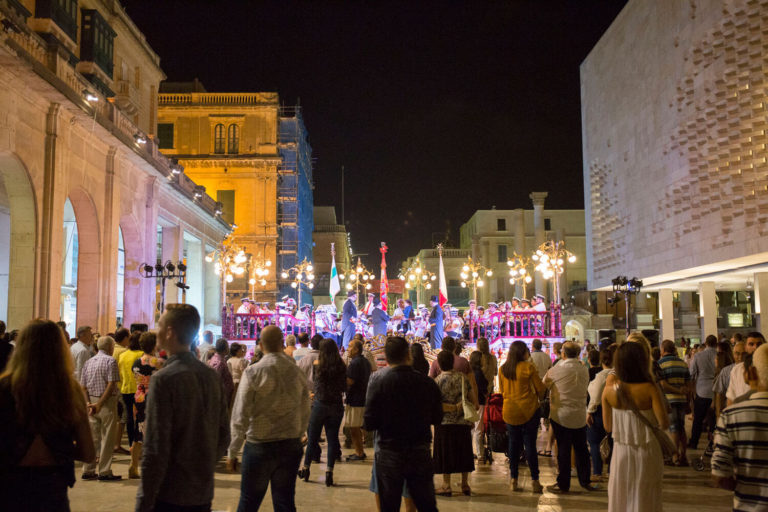
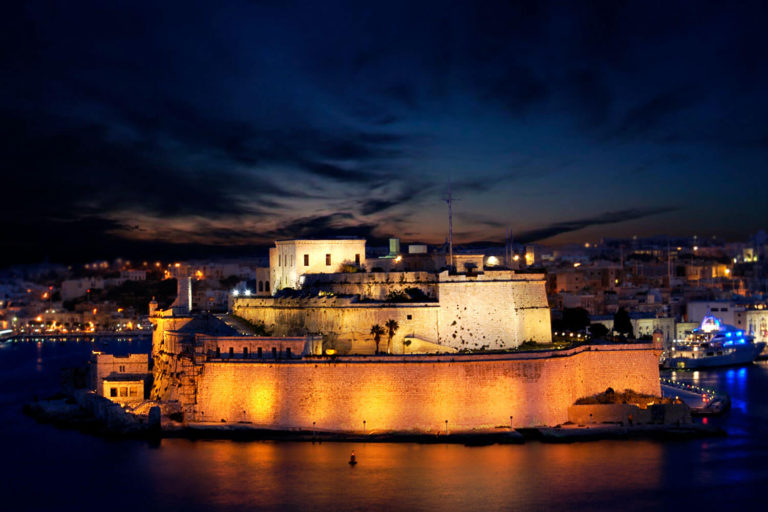
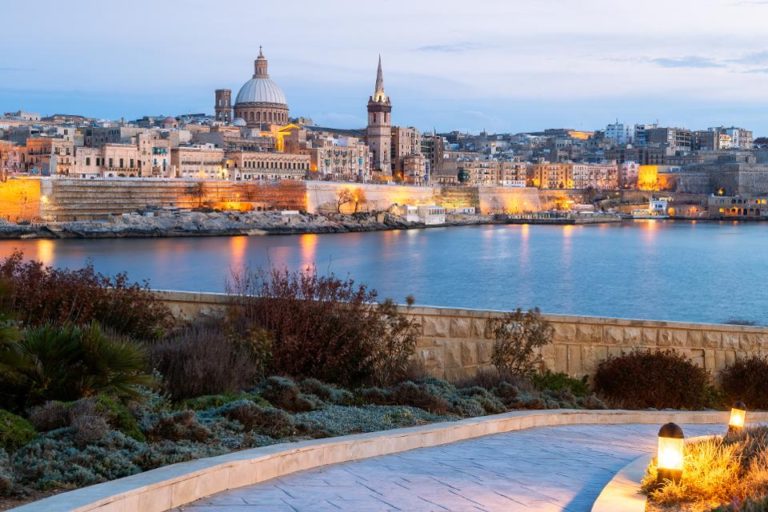
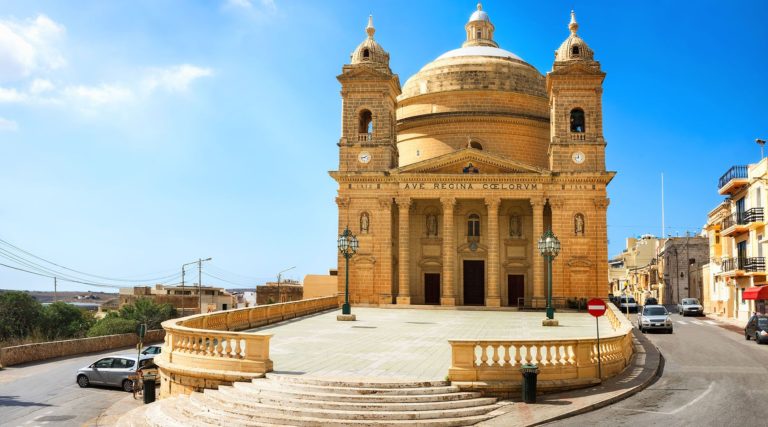
When you start to explore Malta, you will find yourself surrounded and breathing in the rich cultural history of the islands with every step you take. The artistic and cultural life of the islands was shaped and enriched by the presence of artists such as Caravaggio, Mattia Preti and Favray, whom the Knights commissioned to beautify churches, palaces and lodges. His works survive to this day and can be seen in various museums and other renowned cultural and heritage sites on the island.
In 1798, Napoleon Bonaparte took control of the island from the Knights as he made his way to Egypt. The French presence on the island was short-lived, as the English, who had been called in by the Maltese to help them drive out the French, seized the islands in 1800.
British rule in Malta lasted until 1964, when Malta became independent. The Maltese adopted the British system of administration, education and legislation. Malta became a Republic in 1974 and joined the European Union in May 2004.
Valletta
Valletta, founded in the mid-16th century, is the current capital of Malta. From around 1490 to 1550, there was a single watchtower, where Fort Saint Elmo can be found today.
During the period when the Order of the Knights Hospitallers controlled the Maltese islands, Malta suffered the Great Siege, during which it temporarily lost control of the fort before regaining it with the help of Sicilian reinforcements. After the Hospitallers won the Great Siege, it was Grand Master Jean de La Valette who ordered the construction of the fortified city that took his name: “La Valletta”.

Mdina
Mdina is a fortified city in central Malta, which was founded in the 8th century and was the capital of Malta from ancient times to medieval times. Its name derives from the Arabic “medina”, which means “city”. Mdina is also known as “the silent city” due to its low population (less than 300) and the restricted number of cars allowed in the city.
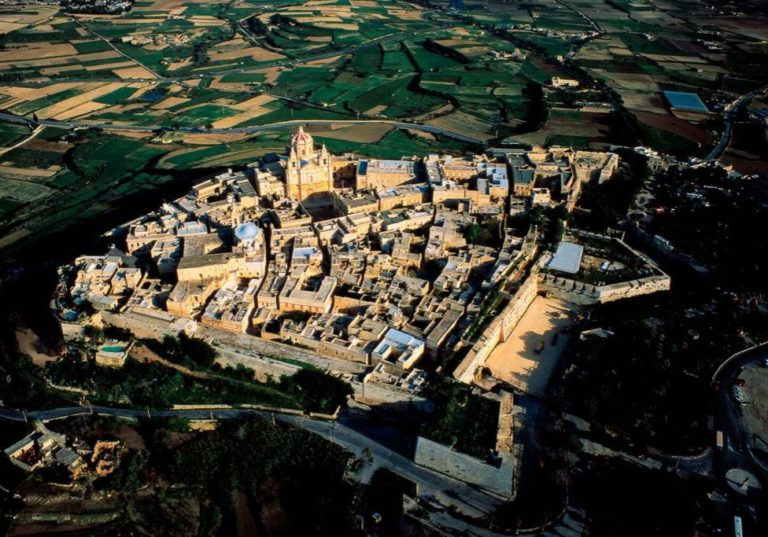

info@mbgroupmalta.com
+35699329829
+35677535024
+218 910599355
74/3 triq San Bartholomew Qormi
Opening Hours
Mon/Fri 09:00 – 17:00
